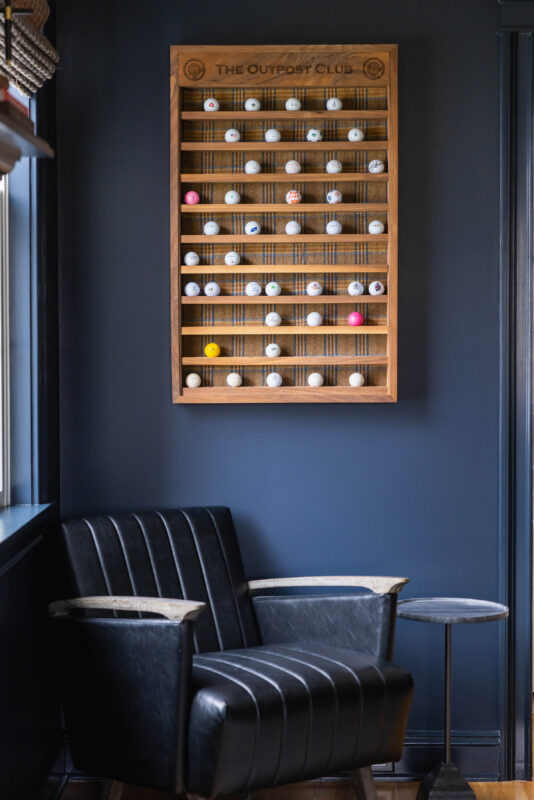
Learn how to style the perfect coffee table.
5 complete looks with shopping links!
6 Steps to Selecting a Paint Color

Paint might as well be a four-letter word the way people talk about it! I get it; selecting a paint color feels uncomfortable when you don’t do it for a living.
While I may love all the options when selecting colors, all of those options are precisely why people feel overwhelmed.
There are six steps that are important to selecting the right paint for your project. Each one is as important as the last, so no skipping!
 Know the look you want
Know the look you want
When you look at the various paint options, you will see there are clear colors and more greyed-out colors. This variation gives very different results. A clear blue can read playful, fun, or coastal, while a greyed-out blue can read sophisticated, elegant, and refined. Once you know the overall vibe you want, you’ll know where to start.
Pick your paint last
People often call and want to book a design consultation to select their paint colors but have nothing else chosen for the rooms—that is the cart before the horse! Because there are so many paint options—even color matching—it’s best to select your paint color after everything else is determined, so you can use your elements as a guide to choose the right color.
Always sample at home
This step is the one that people are the most apt to ignore. They are at the paint store looking at samples and want to avoid returning to purchase. Paint will look different in every home—paint will look different in every room! There are many factors why this is—mainly lighting—so it is imperative to sample the color at home to ensure you like it in your space.
 Always sample with white bordering the color you are considering
Always sample with white bordering the color you are considering
Colors react to each other, so if you paint a sample on your existing wall color, the way it reads will be off. It’s best to paint a large sample on a white poster board, keeping the edges white. This way, you can move the board around the room to see it in different lights and not have it react to the current wall color.
Know your undertones
The undertone of paints can easily trip people up, especially with light colors. You think you are selecting a light beige, but when it goes up on the wall, it looks orange, green, yellow, or pink. Yikes! Know that undertones in paints will skew how they look, and it’s tough to see them when looking at a little paint chip. The best way to know an undertone is to look at the bottom of the paint strip—at the darker colors—because it’s easier to see the undertone defined in the darker shades.
Pick the right sheen
Sheens are just as important as the color in most cases. The general rule of thumb is the higher the sheen, the more durable, but it will show imperfections. The lower the sheen, the more it hides imperfections, but the harder it is to clean. That is why most trim is painted in a glossy finish—from satin to gloss—to hold up to wear and tear. Most ceilings are painted flat to hide imperfections, and most walls are painted somewhere in between to hide imperfections and be cleanable. Sometimes, you may shake it up—I love a high gloss ceiling or walls but know that the surface must be prepped very well to have a beautiful result.
I hope this helps ease the pain of selecting paint colors! As always, if you have any questions, please feel free to reach out.

Hi, I’m Molly Hirsch, and I help women founders, executives, and entrepreneurs translate their highly effective work approach to their home design, creating a space that rises up to meet their needs while enhancing the warmth and style of their family home. Discover all the ways we can work together to create a home of your dreams.

 Know the look you want
Know the look you want Always sample with white bordering the color you are considering
Always sample with white bordering the color you are considering